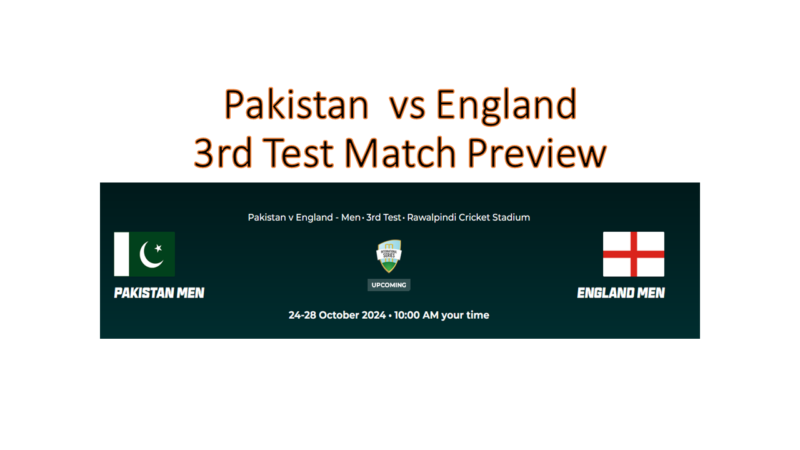The tragic death of Phillip Hughes brought to light the potential dangers of playing cricket, even while wearing protective gear. The exact cause of his death was a rare and devastating injury known as vertebral artery dissection, which was explained by Dr. Tony Grabs, a surgeon and the director of trauma services at St. Vincent’s Hospital. This injury resulted in severe bleeding on Phillip Hughes’ brain, leading to a tragic outcome.
Dr. Grabs highlighted the rarity of vertebral artery dissection, with only 100 documented cases known. In the context of cricket, there was only one previous instance of such an injury caused by a cricket ball. This freakish injury was an extremely unusual and unfortunate event that had a devastating impact.
According to Peter Brukner, the Australian team doctor, Hughes’ recovery did not progress as hoped, and the severity of the injury left him with little chance of survival. At a news conference, Dr. Brukner explained that Hughes was in the care of two specialist doctors until an ambulance and paramedics arrived at the SCG (Sydney Cricket Ground). Unfortunately, despite the swift medical response, Hughes never regained consciousness after being struck by the bouncer delivered by Sean Abbott.
David Warner, who was on the field when the incident occurred, was one of the players who helped Hughes when he collapsed after being hit. The presence of Hughes’ mother and sister at the match added to the emotional and heartbreaking nature of the incident.
It was speculated that Phillip Hughes was not wearing the most updated Masuri batting helmet. While he was wearing a helmet, the ball struck him at the base of the skull, specifically in the lower part of the back of his head, just under the left ear. The impact of the ball compressed the vertebral artery, one of the major arteries leading to the brain, causing a split in the artery and significant bleeding into the brain.
Immediate medical efforts were made at the ground, including CPR and mouth-to-mouth resuscitation, until the ambulance arrived. At the hospital, Hughes underwent extensive surgery, including the removal of part of the skull to allow the brain to expand.
Phillip Hughes’ tragic death sent shockwaves through the cricketing community and raised concerns about player safety. His untimely passing has prompted a reevaluation of safety measures and equipment, including helmet designs. Players, both professional and amateur, have since become more aware of the potential risks involved in the sport, particularly when facing fast and aggressive bowling. The incident also highlighted the importance of rapid medical intervention in the case of serious injuries during cricket matches. Sean Abbott, the bowler whose delivery led to this tragic event, received counseling and support from Phillip Hughes’ family during this difficult time.





